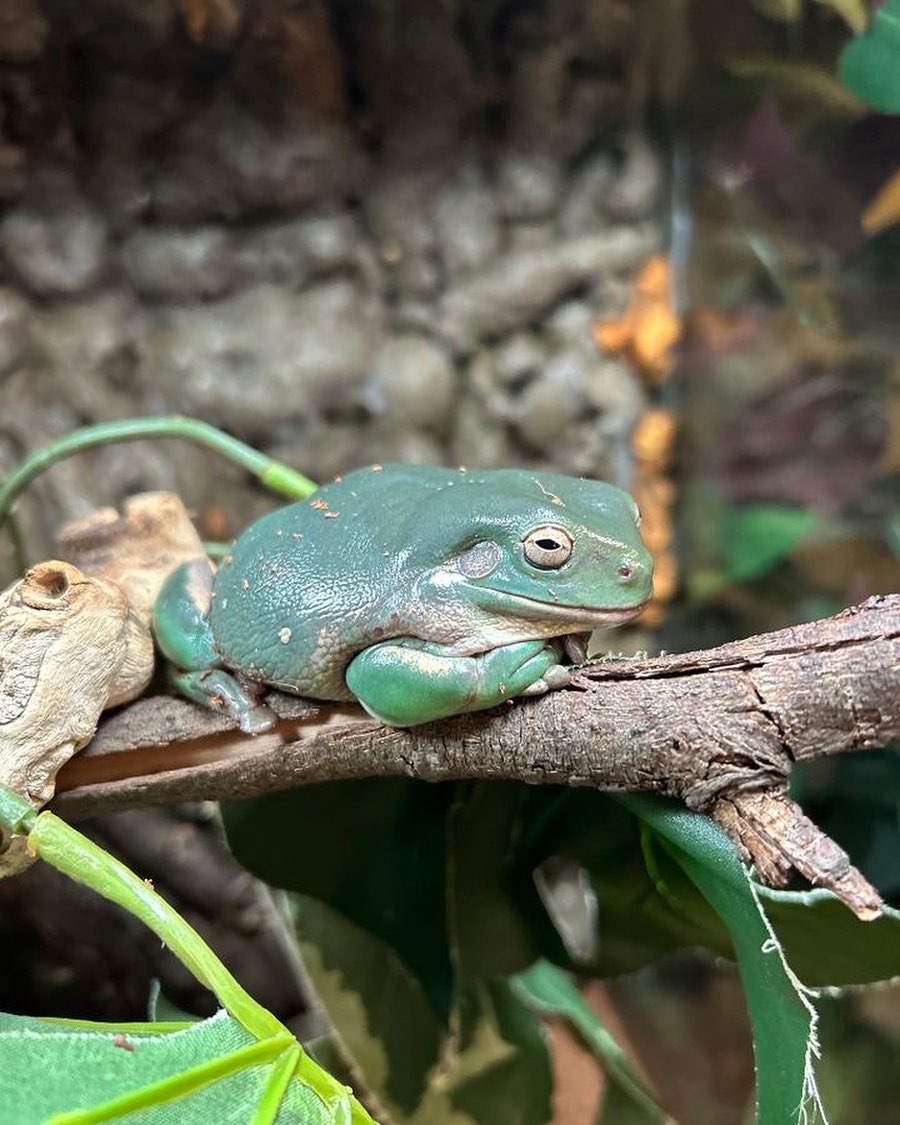– The significance of Leap Day in the animal kingdom, with a focus on amphibians like the frog—a symbol associated with leaping
– How zoos and animal sanctuaries celebrate and educate on Leap Day, incorporating special events and activities
– The broader implications of Leap Day for wildlife conservation, highlighting the cyclical and interconnected nature of ecosystems
Leap Day offers us an extra day in our calendars every four years, a necessary adjustment to align our human-made systems with the Earth’s orbit around the Sun. This quirk of the Gregorian calendar has inspired traditions and superstitions, including the association with leaping animals, particularly frogs. Frogs have become synonymous with leaping forward with their remarkable jumping abilities, making Happy Leap Day! A fitting salute to these creatures.
Frogs, with their powerful hind legs, are master jumpers of the animal world. This ability has evolved as a mode of rapid transportation and a critical means of avoiding predators. Frogs, being cold-blooded animals, rely on their environment to regulate body temperature, influencing their muscle function and, consequently, their leaping prowess. This simple act of leaping is a window into the complex workings of animal physiology and evolution.
Zoos and conservation centers often use Leap Day to focus public attention on amphibian conservation. Many amphibian species, including various frogs, face habitat loss, pollution, climate change, and disease threats. Educational campaigns can dovetail with Leap Day festivities to highlight the importance of amphibian biodiversity and the specific challenges these animals face. By celebrating Happy Leap Day, zoos can encourage visitors to become more engaged with conservation and environmental stewardship issues. Interactive displays, informative talks, and hands-on activities can turn amusement into action, fostering a generation of more conscientious citizens.
Animal sanctuaries focusing on rescue and rehabilitation can also harness the spirit of Happy Leap Day! Frogs and their amphibious kin are important indicators of environmental health, as their permeable skin makes them especially vulnerable to pollutants and other ecological changes. Sanctuaries can stress these animals’ vital role in the larger web of life, teaching visitors how each species, from the tiny tree frog to the larger mammals, depends on one another in complex ecological networks.
Regarding the broader implications of wildlife conservation, Leap Day is a metaphor for the leaps in awareness and action needed to protect our planet. The interconnection between species and habitats becomes particularly evident when considering amphibian life cycles, which often require aquatic and terrestrial environments. Happy Leap Day becomes an invitation to consider how seasonal and annual cycles affect wildlife and their habitats and how human activities can either disrupt or support these natural processes.
Conservation efforts, such as creating or restoring wetlands, tackling climate change, introducing regulations to curb pollution, and supporting sustainable farming and forestry practices, are all parts of the giant leap needed to provide a safe environment for frogs and other wildlife. Conservationists often work tirelessly to ensure these efforts are recognized and supported, and they see the leap year as an extra day to amplify their message and spur society into action.
Beyond individual species, wildlife corridors and larger-scale conservation initiatives showcase the ecosystemic approach that mirrors the interconnected and cyclical nature of the Earth’s systems. Happy Leap Day reminds us that, in the larger scheme of things, every action counts—every effort to protect and conserve can lead to a healthier, more balanced planet.
Through a mix of celebration, education, and concrete conservation efforts, Happy Leap Day becomes more than just a quirky occurrence; it becomes a symbol and a catalyst for environmental awareness and action. Whether it encourages people to support a local zoo’s conservation program, participate in a citizen science project, or appreciate the intricate beauty of the natural world, Happy Leap Day has the potential to foster an enduring commitment to our planet’s vast and vital biodiversity.
*****
Source Description
Happy Leap Day! 🐸


